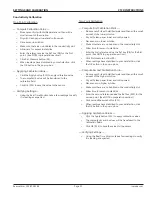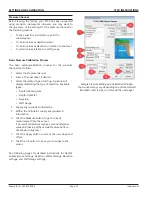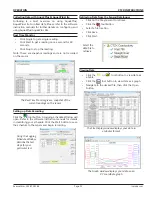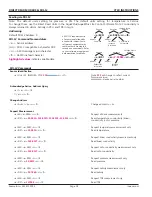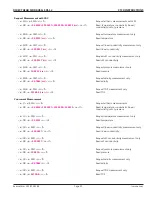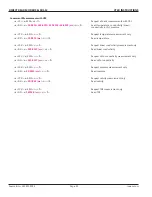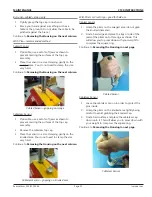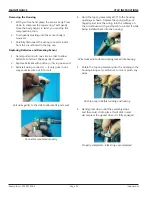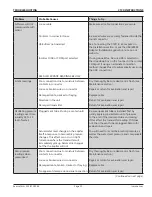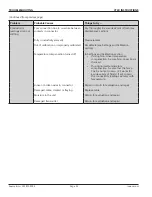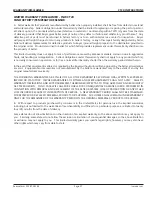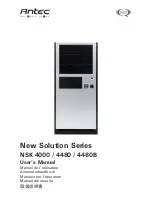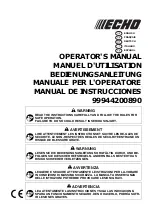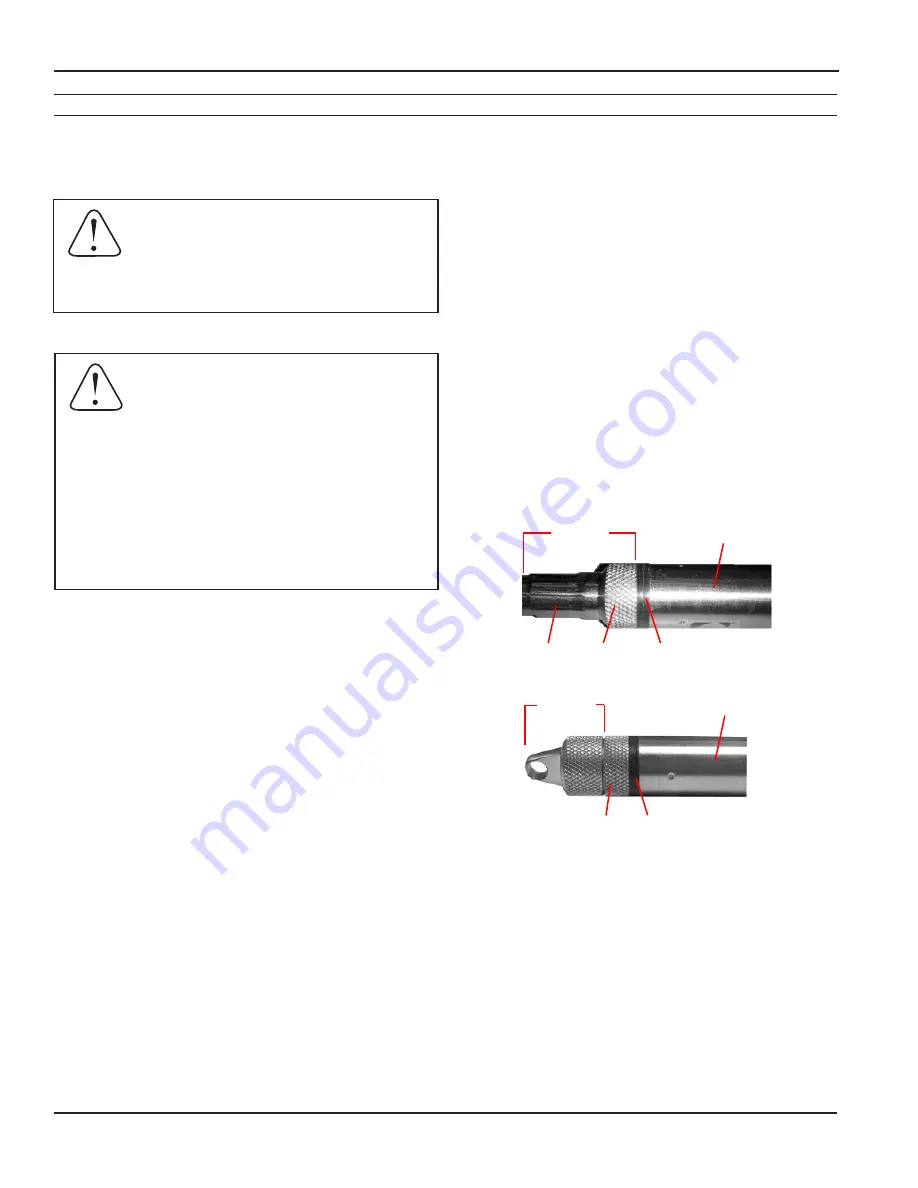
CT2X INSTRUCTIONS
Seametrics • 253.872.0284
Page 22 inwusa.com
MAINTENANCE
Tips
• Never place a tool on the sensor body, it is very
thin and will deform causing leaks at o-ring seals
and potentially crushing the circuit board!
• Always twist the sensor body off the top cap
assembly rather than twisting the top cap assembly
off of the sensor body.
• For cabled sensors, always clamp the sensor on the
swaged area when applicable, the shoulder above
it will allow you to press down without the worry of
the sensor slipping out of the clamping device.
• If the sensor body is slippery or you are unable to
grip it hard enough to twist, try a piece of rubber
cabinet liner for additional friction.
There is a black, compressible square ring near the top of
the sensor. This ring acts as a spring to lock the cable in.
This needs to be compressed in order to allow removal
of the top cap. Once this ring is compressed, a gentle
counterclockwise twist is all that is needed to remove the
cable from the sensor body. Compressing the black square
ring does take force,
twisting does not.
Cabled Sensor
Cableless Sensor
Care must be taken to compress the black square ring
before attempting to twist the housing.
Forceful twisting
of the housing can permanently damage the sensor
.
Securing the Sensor
In order to compress the black square ring, the sensor
must be secured so that you can apply downward pressure
to compress the ring. This can be done by holding in your
hand, using a vise, or using pliers, as follows.
Swage Knurling Black square ring
Housing
Top cap
Knurling Black square ring
Housing
Top cap
Battery Type:
Two 1.5V AA batteries—Lithium or Alkaline
(lithium recommended)
IMPORTANT!
Because changing the batteries involves
opening the water-tight seal, this must be
done in a clean, dry environment to avoid
contamination or moisture damage to the
circuitry.
IF USING ALKALINE BATTERIES
—PREVENT BATTERY LEAKAGE!
CT2X sensors are typically shipped with
lithium batteries. If, however, you are using
alkaline batteries, be aware that under some
circumstances alkaline batteries can leak,
causing damage to the sensor. To prevent
leakage, the following is recommended.
(Does
not apply to lithium batteries.)
• Change the batteries at least every 12
months.
• If the sensor will not be deployed for 3
months or more, remove the batteries.
Changing Batteries




